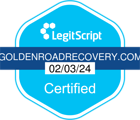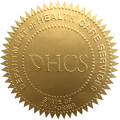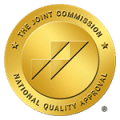⚠️Visitors to our site are often searching for information because they, their friend, or a family member has unfortunately fallen into use of dangerous substances. We aim to provide information on Free Drug Rehab In West Virginia and statistics but more importantly, we strive to protect people from the dangers of all forms of substance abuse!⚠️
Don’t hesitate to call our admissions department at (855) 855-9593 or click the button below to get substance abuse help for yourself or a loved one.
We Can Help You Recover From Substance Abuse
Call Golden Road Recovery Today To Start Healing!
Key Points
- “Free” rehab isn’t always completely cost-free—insurance often covers comprehensive treatment.
- West Virginia leads the nation with the highest opioid overdose death rate at 71.4 per 100,000 residents in 2023, nearly three times the national average of 24.1 per 100,000, highlighting the urgent crisis gripping the state.
- Synthetic opioids, primarily fentanyl, saw a staggering fivefold increase in overdose deaths from 122 in 2014 to 618 in 2017, underscoring the rapid shift to more lethal illicit drugs.
- Heroin-related deaths surged by 50% between 2014 and 2017, rising from 163 to 244, as users turned to cheaper and more accessible alternatives amid crackdowns on prescription opioids.
- Neonatal Abstinence Syndrome (NAS) rates doubled in just three years, from 25.2 to 51.2 cases per 1,000 hospital births between 2011 and 2014, revealing the heartbreaking intergenerational impact of substance use on newborns.
- Injection drug use has fueled a rise in infectious diseases, with hepatitis C prevalence reaching 1,430 cases per 100,000 persons and HIV linked to drug injection affecting a significant portion of new diagnoses, threatening public health beyond overdoses.
The Myth of Completely Free Drug Rehab in West Virginia
When seeking drug and alcohol treatment, individuals frequently search for “Free drug rehab in West Virginia” It’s important to understand that while completely free services exist, they often come with strict eligibility requirements or limitations. However, many rehab centers, including Golden Road Recovery, offer programs that can significantly offset or entirely cover treatment costs through insurance or scholarship opportunities.
Understanding How Insurance Can Cover Your Rehab in West Virginia
Most people are unaware that their health insurance policy often covers substance abuse treatment. Under the Affordable Care Act (ACA), addiction treatment is considered an essential health benefit. This means that if you have insurance—private, Medicaid, or even Medicare—you may qualify for a substantial reduction or complete coverage of your treatment costs.
To determine your coverage, contact your insurance provider and ask specifically about addiction treatment benefits. Golden Road Recovery has admissions specialists who can assist you in navigating this process, verifying your benefits, and clarifying exactly what your insurance covers.
Free Drug Rehab And Statistics By State
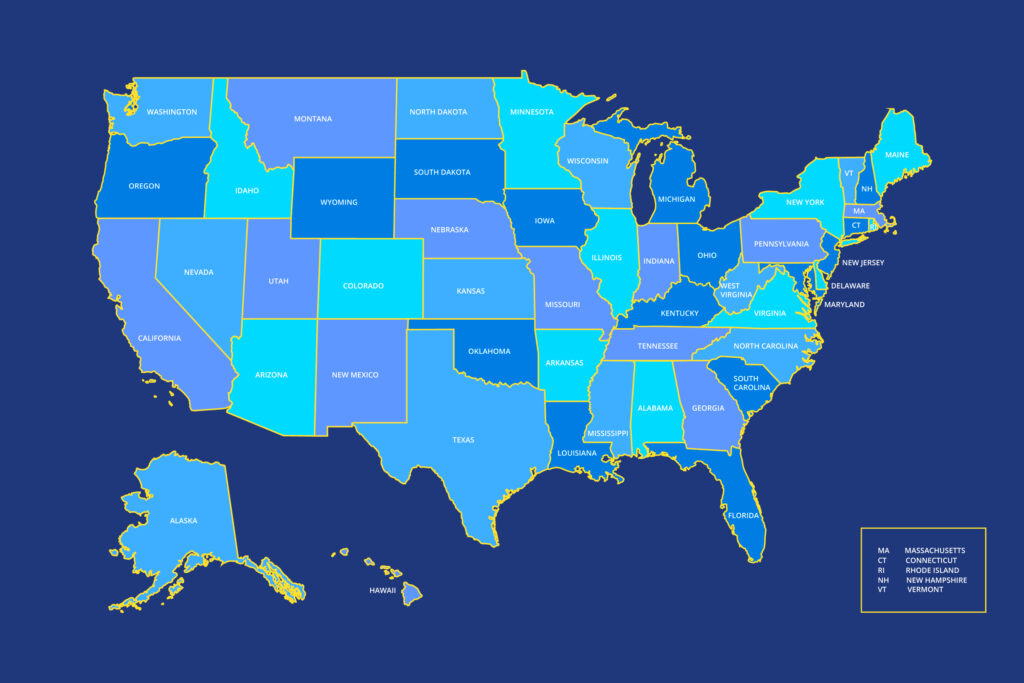
Golden Road Recovery has streamlined the process of finding rehabilitation options by state as well as providing statistics. Simply select your state from the dropdown list below to access specific local resources and treatment information.
Introduction
West Virginia, a state renowned for its rugged Appalachian beauty and tight-knit communities, has unfortunately become synonymous with one of the most severe illicit substance use crises in the United States. Illicit substance use encompasses a wide range of drugs, including opioids like heroin and fentanyl, prescription pain relievers misused without medical oversight, and other substances such as stimulants and cannabis. This epidemic has not only claimed thousands of lives but has also strained families, economies, and healthcare systems. The roots of this crisis trace back to the late 1990s and early 2000s, when aggressive marketing of prescription opioids led to widespread overprescribing, creating a gateway to addiction for many residents in rural areas with limited access to alternative pain management.
By 2017, the state recorded an age-adjusted drug overdose death rate involving opioids of 49.6 per 100,000 persons—more than threefold the national rate of 14.6 per 100,000. This alarming figure doubled from 2010 levels, illustrating the escalating toll. The transition from prescription opioids to illicit alternatives like heroin and synthetic opioids has accelerated the problem, with fentanyl emerging as a particularly deadly force due to its potency and ease of mixing with other drugs. Beyond mortality, illicit substance use contributes to secondary issues such as increased rates of neonatal abstinence syndrome, infectious diseases like HIV and hepatitis C, and economic burdens estimated in hundreds of millions of dollars annually for treatment, law enforcement, and lost productivity.
Overdose Deaths: A Grim Reality
Overdose deaths remain the most visible and tragic indicator of West Virginia’s illicit substance use crisis. In 2017 alone, there were 833 overdose deaths involving opioids, marking a sharp rise from previous years. This equates to a rate of 49.6 deaths per 100,000 persons, positioning West Virginia at the forefront of the national opioid epidemic. To put this in perspective, the state’s rate is more than three times the U.S. average, affecting communities from urban centers like Charleston to remote rural counties.
The categories of opioids involved reveal shifting patterns in substance use. Synthetic opioids other than methadone, predominantly fentanyl, experienced the most dramatic increase: from 122 deaths in 2014 to 618 in 2017—a surge of over 400%. Fentanyl’s appeal lies in its low cost and high potency, but it often leads to unintentional overdoses because users underestimate its strength. Heroin deaths also climbed significantly, from 163 in 2014 to 244 in 2017, as many individuals transitioned from prescription pills to street drugs following tightened regulations on pharmacies and doctors.
Prescription Opioid Patterns and Their Role in the Crisis
Prescription opioids, once hailed as miracle pain relievers, have played a central role in fueling West Virginia’s illicit substance use. In 2017, providers in the state wrote 81.3 opioid prescriptions per 100 persons, ranking among the top ten highest rates nationally and exceeding the U.S. average of 58.7 prescriptions per 100 persons. Although this was the lowest rate in West Virginia since 2006, it still reflects a culture of heavy reliance on these medications for pain management, particularly in industries like mining and manufacturing where physical injuries are common.
The age-adjusted rate of overdose deaths involving prescription opioids has shown a downward trend, peaking at 27.3 deaths per 100,000 in 2011 and falling to 17.2 in 2017. This decline correlates with reduced prescribing rates, thanks to initiatives like prescription drug monitoring programs and education for healthcare providers. However, the drop in prescription-related deaths has not curbed overall overdoses, as users seek illicit substitutes.
The implications extend beyond individual health. High prescription rates contribute to diversion—where legally obtained pills are sold or shared illegally—perpetuating a cycle of addiction. Rural areas, with limited access to non-opioid pain therapies, are particularly vulnerable. Addressing this requires a multifaceted approach, including better training for prescribers and expanded access to alternative treatments like physical therapy and acupuncture.

Neonatal Abstinence Syndrome: The Innocent Victims
One of the most heart-wrenching consequences of illicit substance use in West Virginia is Neonatal Abstinence Syndrome (NAS), also known as Neonatal Opioid Withdrawal Syndrome (NOWS). This condition occurs when a baby is exposed to opioids in the womb and experiences withdrawal symptoms after birth, including tremors, excessive crying, and feeding difficulties. Nationally, NAS incidence rose fivefold from 1.5 cases per 1,000 hospital births in 2004 to 8.0 in 2014, equivalent to one affected baby every 15 minutes.
In West Virginia, the situation is even more dire. Rates doubled between 2011 and 2014, from 25.2 to 51.2 cases per 1,000 hospital births. Counties like Marshall and Lincoln reported the highest incidences, at 10.21 and 10.66 cases per 1,000, respectively. These babies often require extended hospital stays, driving up costs—from $91 million nationally in 2004 to $563 million in 2014, adjusted for inflation.
The long-term effects on children include developmental delays, learning disabilities, and increased risk of future substance use. For mothers, guilt and stigma can hinder recovery efforts. Families face emotional and financial strain, with many relying on state services for support. Preventing NAS involves prenatal care, substance use screening during pregnancy, and access to medication-assisted treatment for expectant mothers, which can reduce withdrawal severity in newborns.

Infectious Diseases Linked to Injection Drug Use
Illicit substance use, particularly through injection, has led to a spike in infectious diseases in West Virginia. Injection drug use (IDU) facilitates the spread of bloodborne pathogens like HIV and hepatitis C virus (HCV).
For HIV, in 2016, 66 new diagnoses occurred in the state. Among males, 18.8% were attributed to IDU or male-to-male sexual contact combined with IDU; for females, 15.4% were linked to IDU. Prevalence stood at 1,781 persons living with diagnosed HIV in 2015, a rate of 113 per 100,000. Nationally, 9% of new HIV cases in 2016 were tied to IDU, with prevalence at 306.6 per 100,000.
HCV presents an even greater challenge. In 2016, there were about 94 new acute cases (5.1 per 100,000), but actual incidences may be 13.9 times higher due to underreporting. Prevalence is estimated at 20,800 persons (1,430 per 100,000), with 68.6% of national cases involving IDU. These infections lead to chronic liver disease, cirrhosis, and cancer, burdening healthcare resources.
Harm reduction strategies, such as syringe exchange programs, have proven effective in reducing transmission rates. However, stigma and limited funding hinder widespread implementation. The connection between substance use and infectious diseases emphasizes the need for integrated health services that address both addiction and related medical issues.
Broader Implications of Illicit Substance Use
While opioids dominate headlines, illicit substance use in West Virginia encompasses more than just these drugs. Stimulants like methamphetamine and cocaine are on the rise, often mixed with opioids to create “speedballs” that heighten overdose risks. Cannabis, though increasingly legalized elsewhere, remains a concern when used illicitly among youth, potentially leading to dependency and impaired cognitive development.
Youth substance use is particularly alarming, with surveys indicating higher-than-average rates of experimentation in rural schools. Economic factors, such as poverty and unemployment in coal-dependent regions, exacerbate vulnerability. The state’s aging population also faces risks, with older adults misusing prescriptions for chronic pain.
The economic toll is staggering: substance abuse-related costs for justice, education, health, and other services reached nearly $338 million in 1998, representing 11% of state expenditures. Adjusted for today, this figure is likely much higher, including lost productivity and private sector expenses. Communities suffer from increased crime, strained emergency services, and workforce shortages as addiction sidelines productive individuals.
Efforts to combat this include research grants for understanding opioid injection in Appalachian counties, aiming to map risks for HIV and HCV. Public health campaigns promote awareness, but sustainable change requires investment in education, job training, and mental health support to address underlying causes like trauma and depression.
How Golden Road Recovery Can Assist Anyone Abusing Substances
Golden Road Recovery, a premier drug and alcohol treatment center, stands as a beacon of hope for those grappling with illicit substance use in West Virginia. Our facility offers a compassionate, evidence-based approach tailored to individual needs, recognizing that addiction is a complex disease influenced by biology, environment, and psychology.
We begin with a thorough assessment to create personalized treatment plans, incorporating detoxification, counseling, and aftercare. Our team of licensed therapists, medical professionals, and peer support specialists provides 24/7 support in a serene environment conducive to healing. Services include individual and group therapy, family involvement programs to rebuild relationships, and holistic therapies like yoga and art to foster emotional resilience.
For those abusing opioids or other illicit substances, we emphasize harm reduction and relapse prevention, equipping clients with coping skills and community resources. We also address co-occurring mental health issues, such as anxiety or PTSD, which often fuel substance use. Our alumni network offers ongoing support, ensuring long-term success. At Golden Road Recovery, we believe recovery is possible for everyone, and we’re committed to guiding individuals toward a substance-free life filled with purpose and joy.
Why Inpatient Medically Assisted Rehab is the Best Solution for Managing Addiction
Inpatient medically assisted rehabilitation emerges as the gold standard for managing addiction, particularly for severe cases involving illicit substances like opioids. This approach combines medical supervision with structured therapy in a residential setting, providing a safe space free from triggers and temptations.
The process starts with medically supervised detoxification, where medications like buprenorphine or methadone alleviate withdrawal symptoms, reducing the risk of complications and relapse. This is crucial for opioids, where withdrawal can be life-threatening. Inpatient care ensures constant monitoring by healthcare professionals, addressing any medical emergencies promptly.
Beyond detox, the program includes intensive therapy—cognitive-behavioral, motivational interviewing, and trauma-informed—to uncover addiction’s root causes. Group sessions foster peer support, combating isolation. The immersive environment allows for focused recovery, typically lasting 30-90 days, with routines promoting healthy habits like exercise and nutrition.
Compared to outpatient options, inpatient rehab boasts higher success rates, as it removes environmental cues that perpetuate use. For West Virginia residents facing rural isolation or limited local resources, this structured intervention offers a lifeline. Ultimately, inpatient medically assisted rehab not only manages addiction but empowers lasting change, reducing recidivism and improving quality of life.
FAQs
Q: What is the current opioid overdose death rate in West Virginia?
A: As of 2023, West Virginia has the highest rate in the nation at 71.4 deaths per 100,000 residents, nearly three times the national average.
Q: How has fentanyl impacted substance use statistics in the state?
A: Fentanyl and other synthetic opioids have driven a massive increase in overdoses, with deaths rising from 122 in 2014 to 618 in 2017, making it a leading cause of fatalities.
Q: What is Neonatal Abstinence Syndrome, and why is it rising in West Virginia?
A: NAS occurs when newborns withdraw from opioids exposed in utero. Rates doubled to 51.2 per 1,000 hospital births by 2014 due to high maternal substance use.
Q: How does Golden Road Recovery support recovery from illicit substance abuse?
A: We offer personalized plans including detox, therapy, and aftercare, with a focus on holistic healing and co-occurring mental health treatment in a supportive environment.
Q: Why choose inpatient rehab over other options for addiction management?
A: Inpatient provides 24/7 medical supervision, intensive therapy, and a trigger-free setting, leading to higher success rates for severe addictions compared to outpatient care.
Sources
- Wisconsin Drug Control Update, Office of National Drug Control Policy, January 2013.
- Kaiser Family Foundation, Mental Health and Substance Use State Fact Sheets: Wisconsin https://www.kff.org/statedata/mental-health-and-substance-use-state-fact-sheets/west-virginia/
We Can Help You Recover From Substance Abuse
Call Golden Road Recovery Today To Start Healing!
